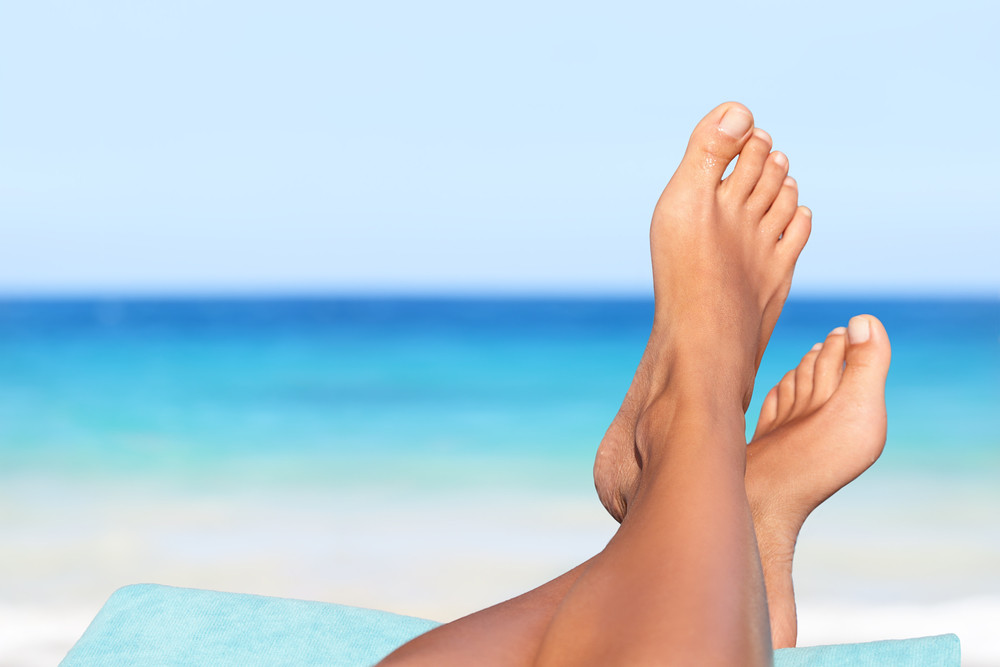To stay moving, you need to keep moving.
You might not provide much thought to the health of your feet and ankles; however, it’s crucial to your mobility. Most individuals ignore issues with their feet till they cannot walk any longer. If you cannot walk, you’ll not be able to enjoy your favorite activities, as well as perform the routine activities of daily living like standing up to cook a meal or walking to a restroom. Aches and pains in the foot and ankle will prevent you from exercising.
Most frequent issues for older adults include sprains, Achilles tendinitis, plantar fasciitis, hammertoes, and bunions. While you can’t prevent hammertoes or bunions, you can avoid other issues.
1. Stretch
If you do not stretch your calves, hamstrings, and Achilles tendons, they’re going to contract and stop working correctly. “Stretching allows the muscles and tendons to do their job without putting too much pressure on the feet and ankles. It allows for more joint flexibility and allows the foot and ankle to accommodate uneven terrain better” Stretching for 10 to 15 minutes during the day, for best results.
To strengthen the muscles in your lower leg and foot, you should also try these exercises:
- Standing calf raises: Lift yourself on your toes for 15 reps.
- Heel walks: Lift the front of your foot off the floor. Balance on your heels and walk across the room.
- Towel pulls: Place one barefoot on a towel. Grab the towel with your toes. Lift your heel, pull the towel taut, then repeat the toe grabs. Continue for the length of the towel.
2. Do weight-bearing activities
The force of resistance on your skeleton through weight-bearing activity stimulates cells that make your bones stronger, which helps you to maintain stability and avoid falls. The weight-bearing activity includes anything that’s done on your feet, such as walking, stair climbing, and dancing. About 30 minutes of weight-bearing exercise 3 to 5 times a week, is necessary. Resistance training is also effective
3. Lose Weight
While the occasional addition of weight to your skeleton promotes healthy bones, an excessive amount of weight will hurt your ankles. That’s because every step you take puts the equivalent of five to seven times your body weight on your ankle. Even a 2kg weight loss will reduce the strain and stress on the joint.
4. Wear comfortable shoes
Wear shoes that are wide enough to accommodate your toes, with excellent arch support if you have flat feet. Shoes that are too loose can cause blisters because they rub against your feet. Look at our shoe shopping blog for more tips on buying shoes. https://lnkd.in/f_cJApd

